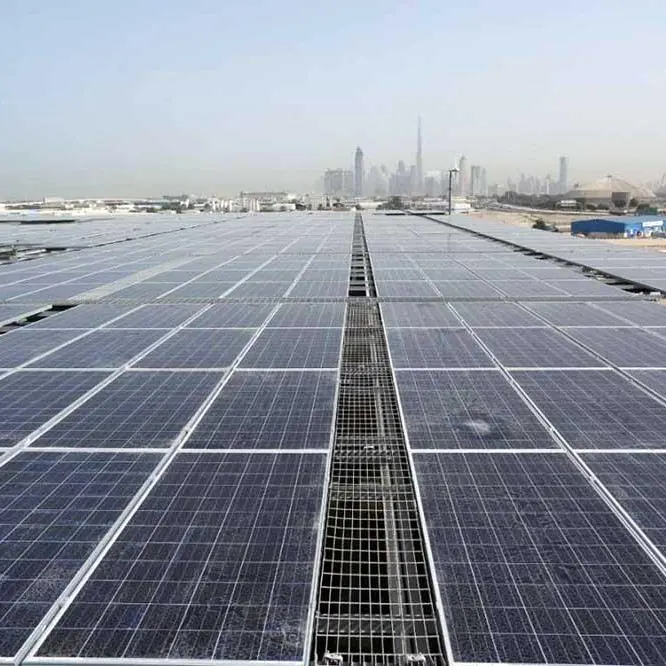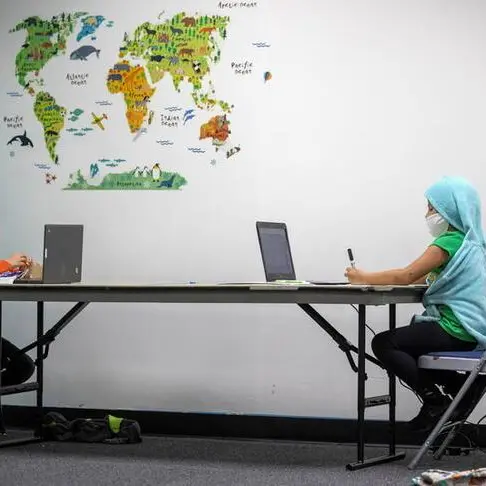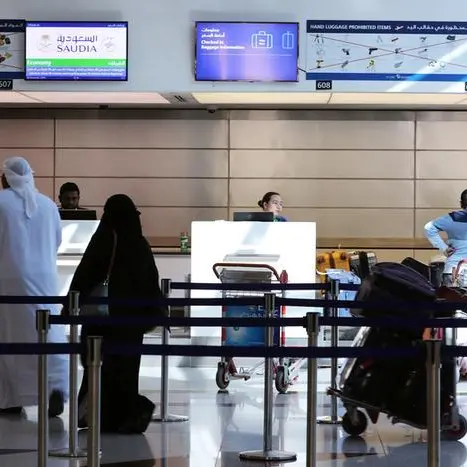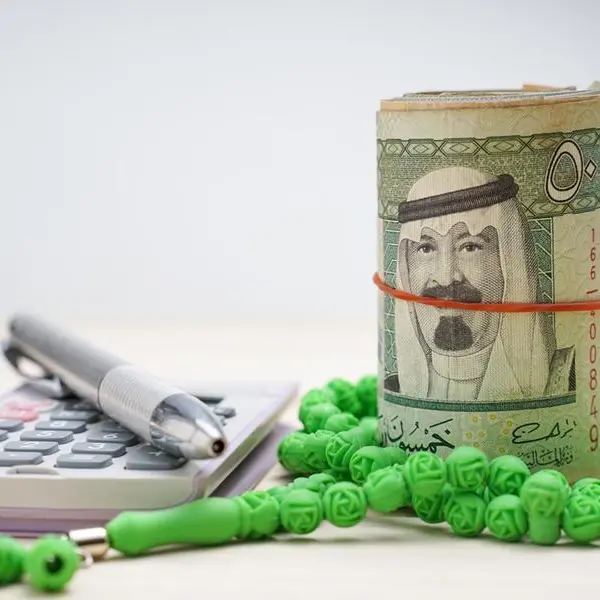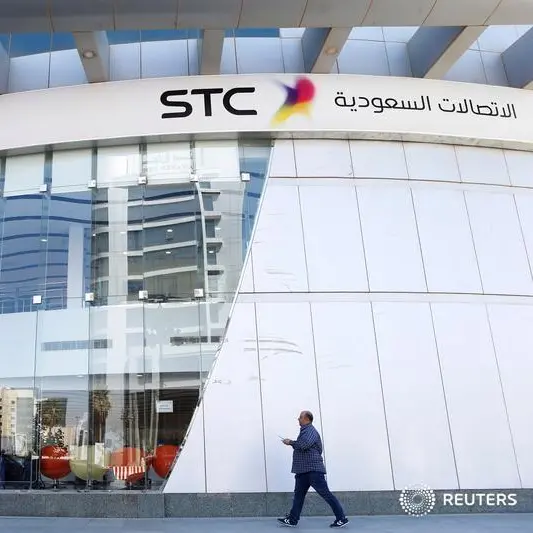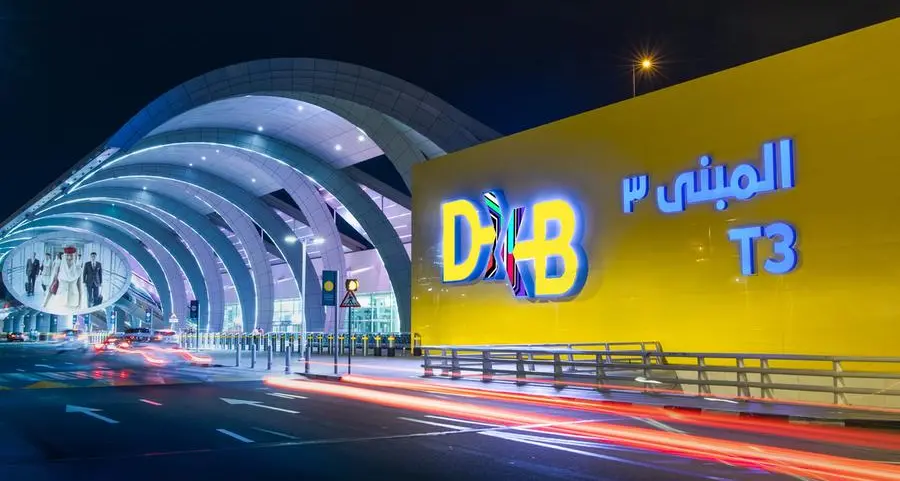DUBAI: The profitability of Gulf Islamic banks will deteriorate this year and in 2018 with several factors coming into play, S&P Global Ratings said in its report.
“We expect the slowdown at Islamic banks in the GCC will persist in 2017 after asset growth declined to 5.3 percent in 2016 from 10.7 percent in 2014 … We see banks becoming more cautious and selective in their lending activities, triggering stiffer competition,” S&P said.
The increased cost of funding, the ratings agency said, squeezed banks’ intermediation margins in 2016 and would remain high this year and in 2018.
“Very few Islamic banks have set aside significant amounts of profit-equalization reserves, which they build in good years and use to smooth returns to PSIA [to profit-sharing investment accounts] holders if needed,” S&P said.
S&P also said that Islamic banks’ profitability would be hit by higher credit losses in the next two year as weak economic conditions persist.
Bank exposure to subcontractors, SMEs, and retail customers – especially expatriates – will likely fuel the upward trend for credit losses, it said.
“We expect Islamic banks’ revenue growth will decelerate, and that they will focus on their cost bases to mitigate the impact,” including cutting down on their physical market presence by pruning branches.
The strategy of Shariah-compliant Saudi banks in increasing business among corporates and small and medium-sized enterprises should tide them over the next few years, in the same way they benefited from this approach in 2016, S&P said.
This is in contrast with Qatari Islamic banks, where lower liquidity and cuts in government spending prompted them to pare down expansion plans. The country’s Islamic finance industry likewise faces further pressure this year after its Gulf neighbors cut diplomatic and trade ties with Doha in June.
“Although consolidation might be a way forward in some GCC markets, we expect mergers will remain an exception in 2017-2018 rather than the norm,” S&P said.
© Arab News 2017
